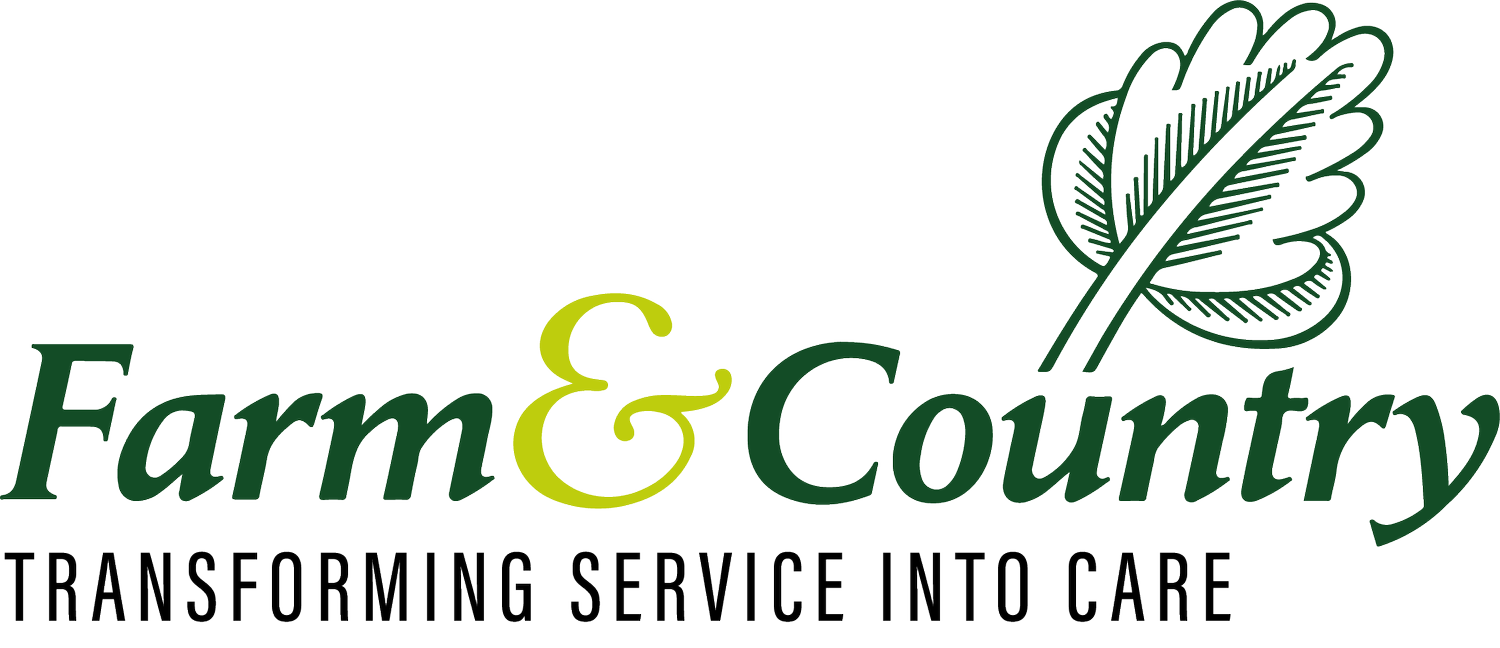Assessing Your Horse's Body Condition
Assessing a horse's body condition by giving it a condition score is an important part of responsible horse ownership. Monitoring body condition allows owners to make informed management changes to maintain their horse's health and welfare. Equine condition relates closely to nutitional status, and can also indicate health problems or parasitism. Using a standardised scoring system, even small changes can be detected early and addressed through adjustments to diet, health care or exercise. This article will explain how using body condition scoring in the UK can benefit horse health.
Explaining the UK Body Condition Scoring System
In the UK, the most commonly used system is the simple 1-5 condition score. This involves visually assessing and palpating six areas of the horse to evaluate fat cover. These areas are the neck, withers, loin, tailhead, ribs and shoulders. Scores are then given based on predetermined criteria:
Score 1 - Emaciated/Poor. Neck thin, ribs easily visible and tailhead prominent with no fat. The animal is extremely underweight often due to illness or neglect.
Score 2 - Moderate/Lean. Slight fat cover over ribs but vertebrae felt easily. Tailhead evident and neck narrow. Overall lacking muscle tone.
Score 3 - Good. Ribs just visible and covered with an even fat layer. Neck flows smoothly into body with no crease. Withers rounded and tailhead fat pad evident.
Score 4 - Fat/Overweight. Gutter along back filled with fat and ribs difficult to feel. Tailhead fat obvious and neck thickening.
Score 5 - Grossly Obese. Neck bulging with fat and shoulders and hindquarters carrying excessive fat deposits. Ribs impossible to palpate and gut area distended.
How to Visually Assess Body Condition
When assessing condition, it helps to follow a consistent routine looking at each area in turn. Observe the horse from both sides and from behind. Run hands over the key check points feeling for fat cover and bone prominence. Start at the neck, feeling for any thickening or creasing on the underside. Move to the withers, which should be rounded not sharp. Follow the back to check for a gutter, the ribs for flexibility and visibility, and the loin for fat deposits. Finish at the tailhead, examining the fat pad around the dock. Compare your findings to the criteria for each score. Repeat checks regularly, such as weekly or monthly, to detect subtle changes over time.
Using Body Condition to Manage Nutrition
One of the biggest benefits of body condition scoring is informing nutritional management. Horses gaining or losing condition indicates their current diet is unbalanced. Overweight horses need reduced calories and increased exercise. Underweight horses need more calories and/or improved parasite control. Small adjustments can make a big difference over time. For example, soaking hay reduces calories while wetting feed adds calories. Once horses reach the target score for their age and workload, the diet supports appropriate body condition. Monitoring lets owners promptly adjust if the score starts changing up or down. It is much easier to maintain a stable body condition than to achieve rapid weight loss or gain.
Tracking Body Condition Changes Over Time
Since changes happen slowly, routine scoring provides crucial data on trends. Horses might gradually gain or lose condition across seasons based on workload, grass availability or coat growth. Stabled horses may become overweight over winter if not exercised sufficiently to balance increased hay. Comparing scores shows whether condition is steady, improving or declining. Keeping detailed records allows comparison to previous years. For broodmares, tracking condition from one pregnancy to the next helps ensure they receive optimal care. Any unexplained drop in condition should be investigated and addressed.
Consequences of Improper Body Condition
Horses that become over or underweight suffer increased health risks. Obese horses develop fat deposits in muscles, organs and blood vessels. This predisposes them to laminitis, insulin resistance, hyperlipidemia and cardiovascular disease. Underweight horses have decreased disease resistance, fertility issues, delayed wound healing and reduced athletic ability. Horses in work also have higher risk of musculoskeletal injuries if carrying excess or insufficient weight. Given the significant impacts of improper body condition, monitoring scores helps minimise these dangers.
Best Practices for Body Condition Management
To optimise horse health, most adult horses should remain between condition scores of 2.5-3.5 out of 5. The following strategies help maintain ideal body condition:
Measure feed amounts and analyse hay nutritional content. Make gradual diet changes of 100-200g at a time.
Weigh hay rather than feeding by volume to precisely control calories.
Submit faecal samples to check for parasite burdens which may impact condition.
Increase turnout and exercise if possible for overweight horses. Consider a grazing muzzle.
Feed multiple small meals and late evening hay to better utilise calories.
Consult your vet or an equine nutritionist for advice on dietary requirements.
Consider the horse's age, workload and any health issues when determining target condition score.
Paying close attention to body condition scoring provides major benefits for horse health and welfare. By routinely assessing and recording condition, owners can fine-tune nutritional management, detect issues early, and avoid the risks associated with improper body condition. Becoming familiar with the simple 1-5 scoring system puts a powerful management tool at every horse owner's fingertips. Consistently monitoring condition enables you to optimise your horse's diet, health and comfort over its lifetime.



